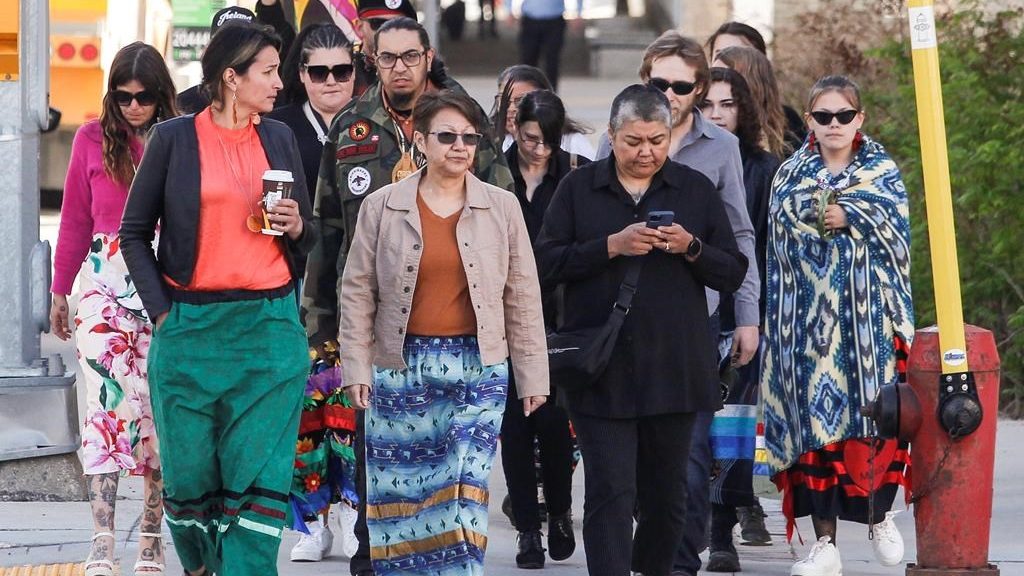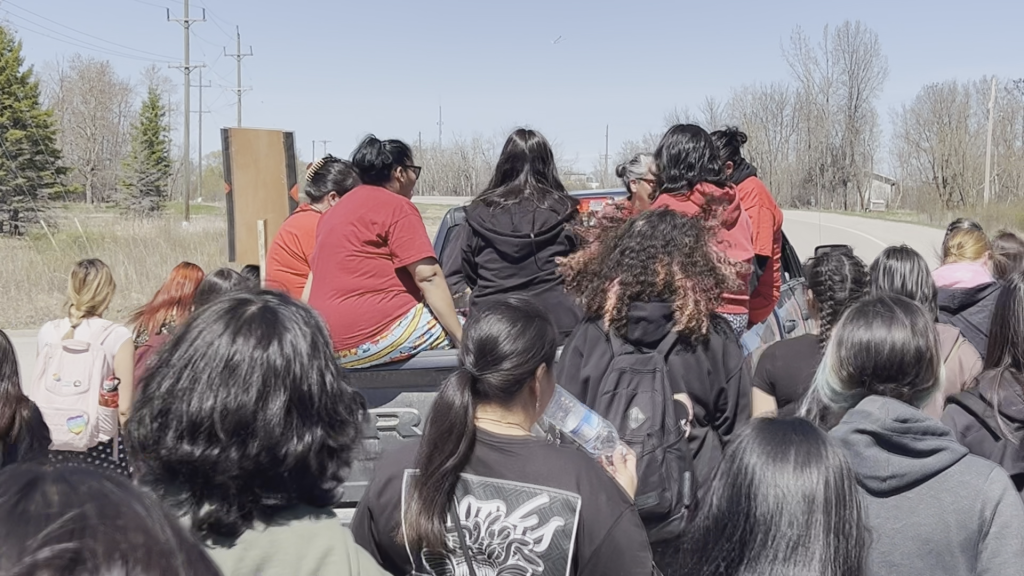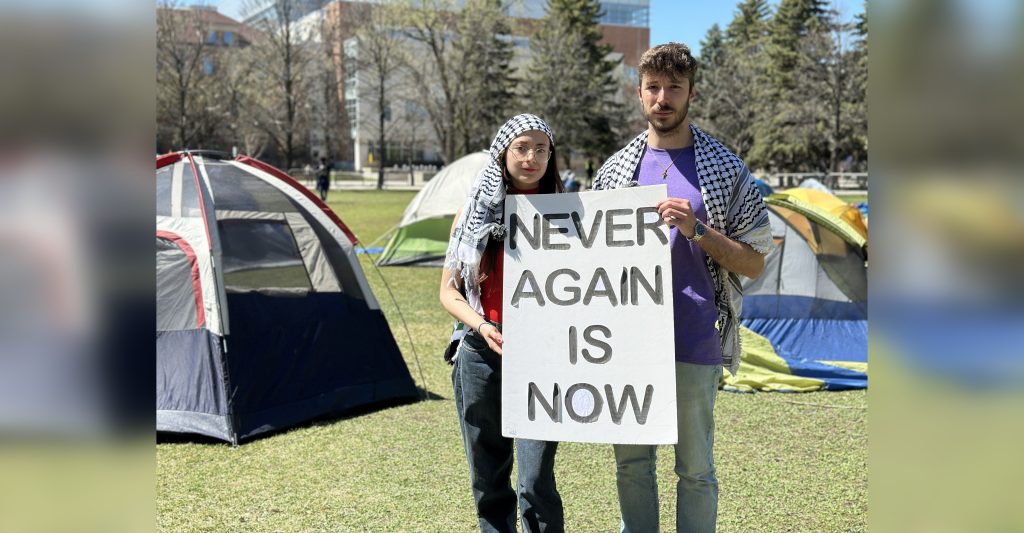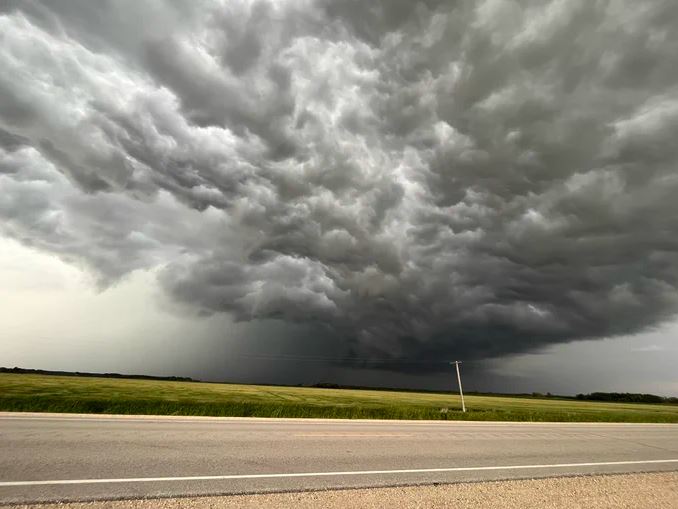New Heritage Minutes are coming with stories of diverse communities
Posted March 10, 2023 7:04 pm.
Much loved and often parodied, Heritage Minutes could themselves be called a Canadian classic. But since their revival in 2012, the makers of the 60-second sagas have been working to make them more reflective of all communities that call this country home.
“For a very long time, Canadian history was really only told through the eyes of specific groups of people — the people who are running the country,” says Anthony Wilson-Smith, President and CEO of Historica Canada, the charitable organization behind the videos.
“The people at kind of ground level are the ones who are just as interesting and often shape [history] — a Black civil rights pioneer, Indigenous people who were here before anybody else … our goal is that every Canadian should be able to see themselves reflected in a [Heritage Minute].”
He adds that they’re making efforts to ensure representation both in concept and execution.
“The company that is producing for us has to have people who are from the specific community of whom the Minute is being made about it. In other words, if it’s a minute about a Black Canadian, we want key creative people to be from that community,” he says.
As far as possible, they also reach out to family members of the people being featured.
“We follow the Indigenous saying ‘nothing about us without us’ — the family is the one that knows the story from the closest, most intimate levels, so we want that insight. It makes for a more authentic Minute, a more engaging one and a more appropriate one,” says Wilson-Smith.
“For example, in the story of Tom Longboat, the great war hero and Indigenous runner, one of the consultants who helped write the script was a member of the Longboat family who keeps the family history– that’s very important to us.”
Currently, they’re looking for a production company to produce a video about an iconic Chinese Canadian.
“We’re going to do a minute on Normy Kwong, who was the first Chinese-Canadian to play professional football. He played for Calgary and Edmonton in the Canadian Football League. We’ve also never done one on the CFL before, which of course, is a unifying force across Canada,” explains Wilson-Smith.
“He was just an outstanding person, football player, and later lieutenant governor of Alberta. So a really remarkable life as well.”
Some of the videos are also being made available in more than just the country’s two official languages.
“For example, we have a minute on an Inuk artist, which in addition to English and French, is done Inuktitut. We’ve done one in Japanese, and we’ve done one in Dutch. And the next one we will release, which involves the Southeast Asian community, will also be done in Punjabi as well.”
The next Heritage Minute is expected to be released in April, and it revolves around one of the first multicultural communities in Canada, established in Paldi, B.C., in the early 1900s.
A minute can take a year
Wilson-Smith says a tremendous amount of work goes into producing a single Heritage Minute.
“We have a team here of people who do research — even before an idea is approved, we have to be sure that the idea is pretty bulletproof. In other words, we know that there are enough details to feel comfortable in truth-telling that story,” he says.
“Then we work with the production company that we choose, and then our researchers go through as we prepare the script and make sure we can substantiate everything — right down to costumes, the way people spoke. Did someone in the 1860s from Scotland for example, speak with an English accent or was there more of a Canadian one like today?”
Selecting the production company is also a meticulous process.
“We need to see significant experience making films or in some cases even making ads, because if you know how to deliver a message in short order, that’s a big thing we need to know. You need to know how to spend a budget. We need your cast to be Canadian. We’re very fussy about who are the directors of photography, the producers, just like making a full feature film,” says Wilson-Smith.
The timelines are also similar to feature-length films. Given the amount of research, preparation and post-production involved, a single heritage minute can take between nine to 12 months to produce and budgets can be as high as $300,000.
“One distinction I’d make is, you know, you watch a Hollywood movie and very often it says ‘adapted from,’ ‘based on a true story,’ which means maybe 20 per cent is true, 30 per cent is true. When you watch a Minute, I will say this, they are researched to the nines,” he says.
“You look at that and that is a minute where the quotes used are real, the costumes are real, the people existed — we don’t make this stuff up, we just work from the records that we have.”
While the productions are elaborate and hope to expand people’s understanding of Canadian History, Wilson-Smith says there’s only so much they can squeeze into one minute.
“People will sometimes say, everything I know about Canadian history I learned from Heritage Minutes. And frankly, I usually say, if that’s all you know, you don’t know enough,” he says.
“What we’re trying to do is open a door. Sixty seconds will never tell you everything you need to know, but it may cause you to say, ‘I’ve got to find out more about this. I’ve got to go read some books. I’ve got to go watch some other movies. I’ve got to just kind of walk through that door and get immersed in it.”








